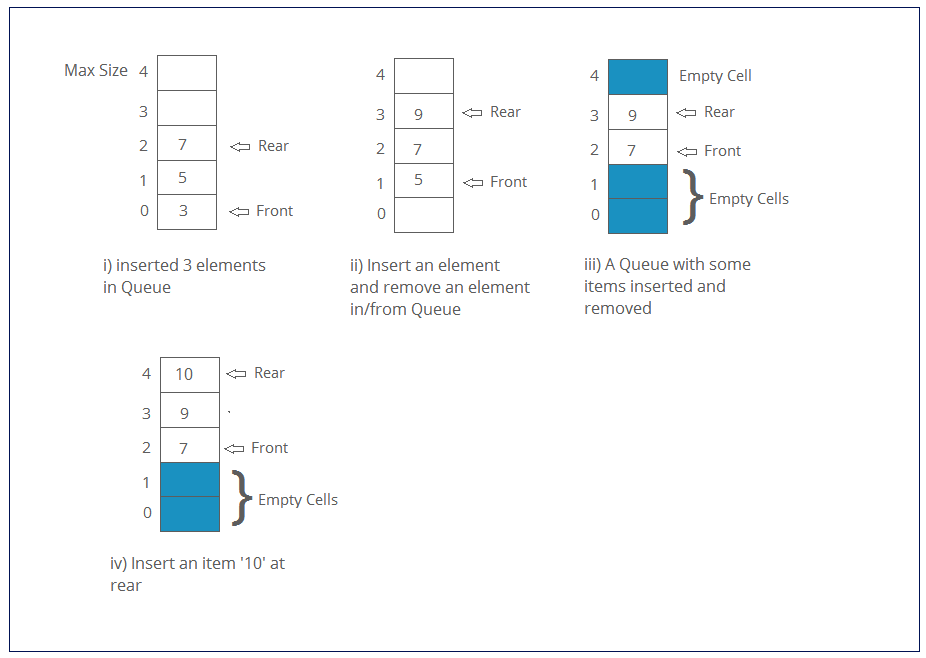

When it comes to coding interviews, the Java Collection Framework is crucial. O(1) ( If copy array operation is considered then O(N) )Īs a result, we've attempted to illustrate the key distinctions between an ArrayList and a LinkedList in this post. This class is more useful when the application requires data manipulation. The arraylist automatically resize itself when you add elements more than its capacity. To overcome this drawback of array, ArrayList was introduced in Java. You ca change its size once it is create. This class is more useful when the application requires data storage and access. Because, array is fixed length data structure. As a result, it can be used as both a list and a deque. The List and Deque interfaces are both implemented by this class. The List interface is implemented by this class. The reference link is changed after traversing the list. Internally, the array is scanned, and the memory bits are shifted whenever we remove an element.īecause there is no concept of changing memory bits in a doubly-linked list, manipulating it takes less time than manipulating an ArrayList. This class, like the ArrayList, allows for the storage of any type of object.īecause of the internal implementation, manipulating an ArrayList takes longer. Thus, clearly, the use-cases for circular array lists are for you want to add and remove elements at either end of the list. A circular array list has O(1) operations to remove the first and last elements. In the ArrayList, the head would always be 0.

What follows it a CircularArrayList that looks like the ArrayList except that it has a head and a tail that show the first and last elements in the Object element array. An array list has an O(1) operation to remove the last element. This is the reason why the ArrayList deteriorates as a FIFO queue when it reaches a certain length. The elements of this class are stored in a doubly-linked list. A circular array list has amortized O(1) append and prepend operations. This class now supports the storage of all types of objects thanks to the addition of generics. The elements of this class are stored in a dynamic array. Now that you've got a good idea of both, let's look at the distinctions between ArrayList and LinkedList in Java. (Obviously "as-many" also has a limit of the memory).Linked list after deletion: We can enter as many elements as we want, the arraylist will manage the size by it-self. Now, what do we exactly mean when we say we do not need to define the size of an arraylist? Well, the size is automatically adjusted by the arraylist. This is the major difference between an array and an arraylist. But, we do not have to define the size of an Arraylist. If we use the array in a circular fashion, insertAtRank(0) and removeAtRank(0) run in O(1) time. So, we have to define the size of an array for creating an array in the memory. The Vector ADT (Vector Array List in 6.1). Generally spoken, its interesting to use ArrayLists if you want to resize the embedded array dynamically. In the future, the 'ArrayLists are untyped' problem will be solved (generics). Java: Arrays vs ArrayLists (and other Lists). We have written A which means an array of size 5. The explained difference is completely right. What makes a good loop invariant Generating a random point within a circle (uniformly).
CIRCULAR ARRAY VS ARRAYLIST MOD
If a careful observation is run through the array, then after n-th index, the next index always starts from 0 so using the mod operator, we can easily access the elements of the circular list, if we use (i)n and run the loop from i-th. An efficient solution is to deal with circular arrays using the same array. It will also have a contiguous memory but, there is a difference. This approach takes of O(n) time but takes extra space of order O(n).

When to use which Sometimes you must use an array. You know all this already, right? So, why are we studying it again? We are studying it again because the arraylist also follows all these rules. Generating a random point within a circle (uniformly) Java: Arrays vs ArrayLists (and other Lists) An array (something like int) is a built in type while ArrayList is a regular class part of the Java standard library. This happens in the entire array and so the memory is contiguous. The first element, present at index 0 ends at memory address of 204 and the second starts at 205, without any gaps in between. Thus we can see each element taking 4 bytes of memory and there is no break between 2 consecutive elements. The base address of the array is 201 and the size of Integer data-type is 4 bytes. The fact that it has contiguous memory is shown by memory addresses of each index at the bottom of the array. As you can see in fig-1, we have been given an array of size=5.


 0 kommentar(er)
0 kommentar(er)
